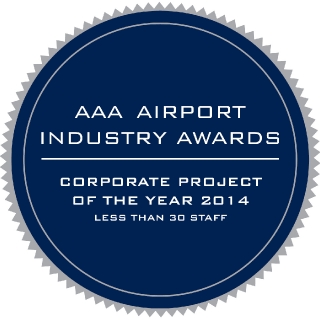
By Keith Tonkin, Managing Director, Aviation Projects
The ever-increasing popularity of drones has the potential to impact urban planning as new technology and decreasing costs significantly advance drone capabilities and their scope of operations. Drones are now becoming widely used in urban areas for recreational and commercial activities and are set to become part of an increasing problem for urban planners dealing with volumetric spatial requirements.
Also known as Unmanned Aerial Vehicles (UAVs) or Remotely Piloted Aircraft Systems (RPAS), drones and their operations are becoming a critical topic at Commonwealth, State and Local Government levels in regard to their impact on airspace safety.
Those of us working in the aviation sector strongly recommend that new planning laws should focus on the safe operation of drones alongside other airspace users whilst enabling the use of drones to continue to evolve.
The Australian Civil Aviation Safety Authority (CASA) is working with State and Territory Governments to draft new laws for drone use. CASA is reviewing aviation safety regulations and considering the benefits of geo-fencing capabilities for drones and any other mechanisms to enhance the aviation safety of drone operations in Australian airspace as well as managing relevant risks.
Drones of a significant size and weight now have the capacity to deliver detailed views of land and property, capture mapping and survey data and inspect hard to reach or unsafe areas. They are being used to inspect critical infrastructure, to decrease risk exposure, for emergency response services and allow for real time asset management. It won’t be long before pilotless aerial taxis are flying us from one place to another.
These types of drones offer real opportunities globally, but require full safety assessments, restrictions and analysis of risk before being considered for adoption as mainstream aviation options. In terms of urban planning, integrating the use of drones for business and recreation whilst maintaining aviation safety is becoming an important consideration for future planning and design as well as economic development outcomes. The increasing use of drones, with their expanding scope of operations and increased range and payload, will need to be considered in all relevant legislation and regulations, including urban strategies and planning provisions.
As cities and towns continue to urbanise, operational restrictions on the use of drones in public spaces and residential areas will be required to maintain public safety and protect privacy. Drone operations facilities (variously called ‘droneports’, ‘drone zones’ or other such names), like airports and helicopter landing sites, will also need restrictions on the height, form and extent of the built environment to protect flight paths and prevent building induced turbulence. They will also need to be designed to prevent potential impacts to wildlife and not adversely affect neighbours with noise, light or other amenity impacts.
A highly accurate, three-dimensional digital elevation database will be required to ensure that drones can operate without colliding with permanent or temporary vertical obstructions such as buildings, towers, cranes or other structures.
As an aviation expert, I recommend new laws for drone use should be developed and integrated into urban planning and design activities. This will provide improved aviation safety across our skies and allow the full scope of future capabilities to be achieved.
I look forward to seeing the legislation for drone operations being debated and anticipate real benefits for urban planners and the drone industry operating in this emerging new dimension.
If you would like to discuss more on drone planning or operations, or whether your built environment will impact on airspace or other aerodromes, please contact me directly on +61 417 631 681 or email ktonkin@aviationprojects.com.au.
___________________________________________________________________
Aviation Projects sees the whole project. We look at aviation from the ground up delivering innovative solutions for owners, corporates, regulators and agencies. We don’t just deliver answers; we solve problems. We focus on safety and sustainability and we think outside of the box. This is why we are different.
Aviation Projects is a leading Australian consultancy, which delivers strategic and operational aviation advice. Aviation Projects specialises in the safety, security, efficiency and sustainability of airports, airport operations and airspace.
For further information please visit Aviation Projects at http://www.aviationprojects.com.au.
Tags: Drones, Aviation Safety, Urban Planning, Aviation Expert
